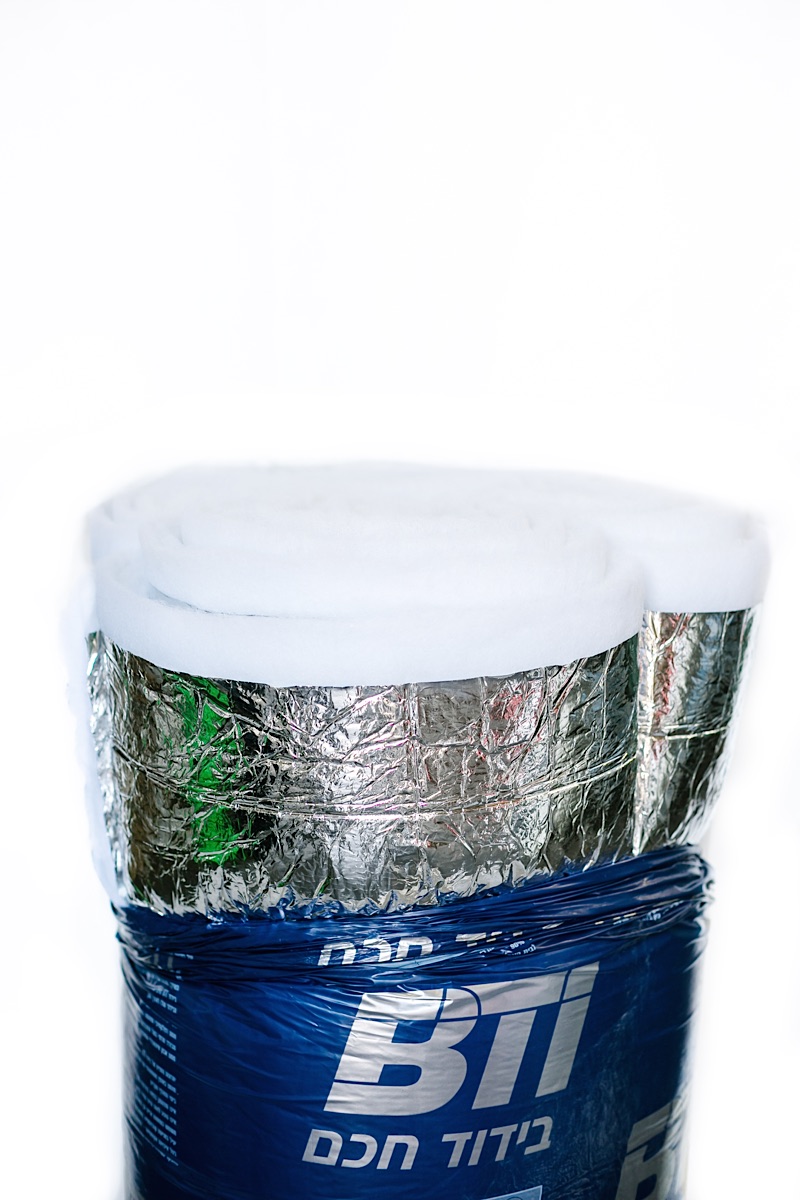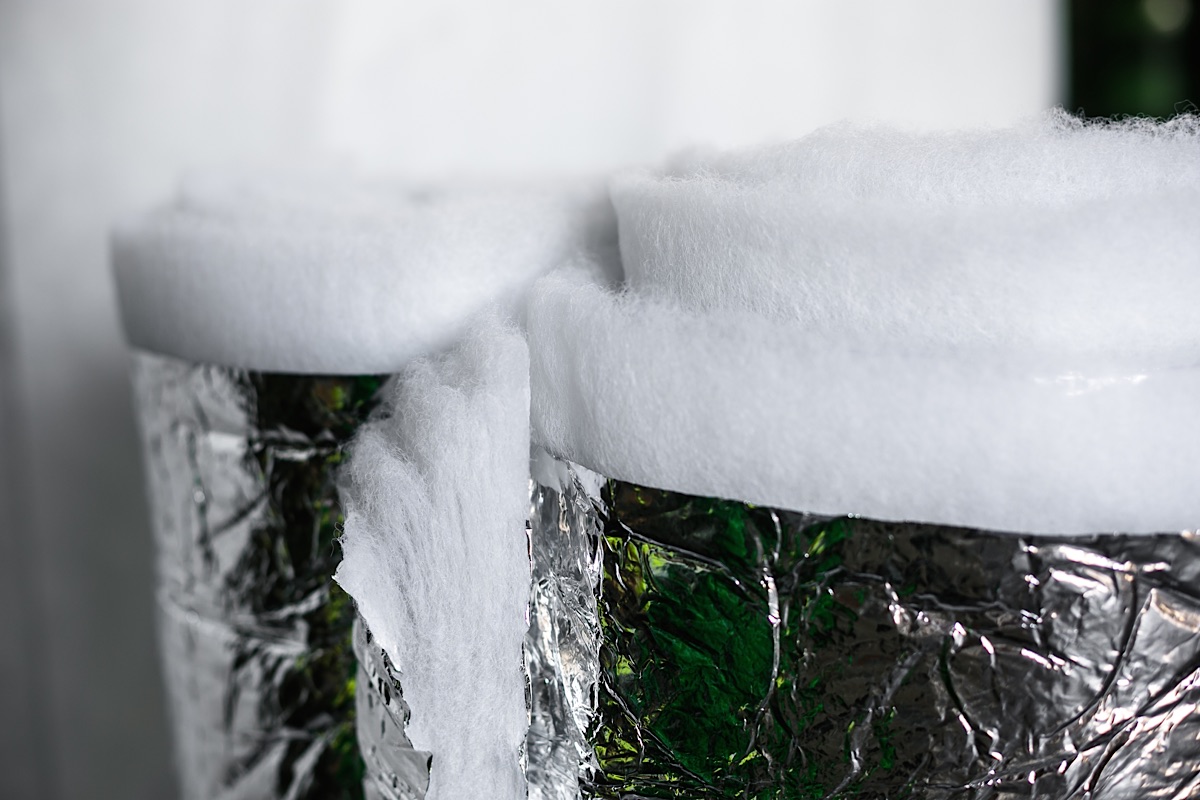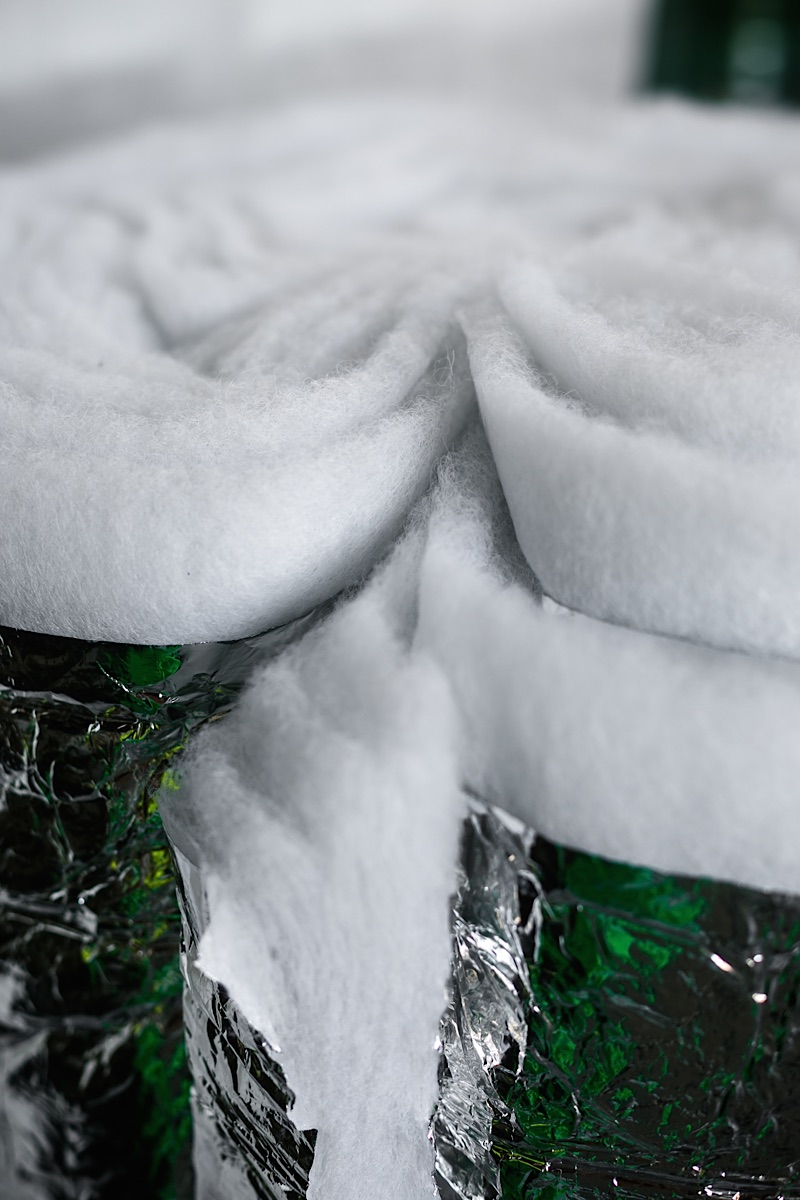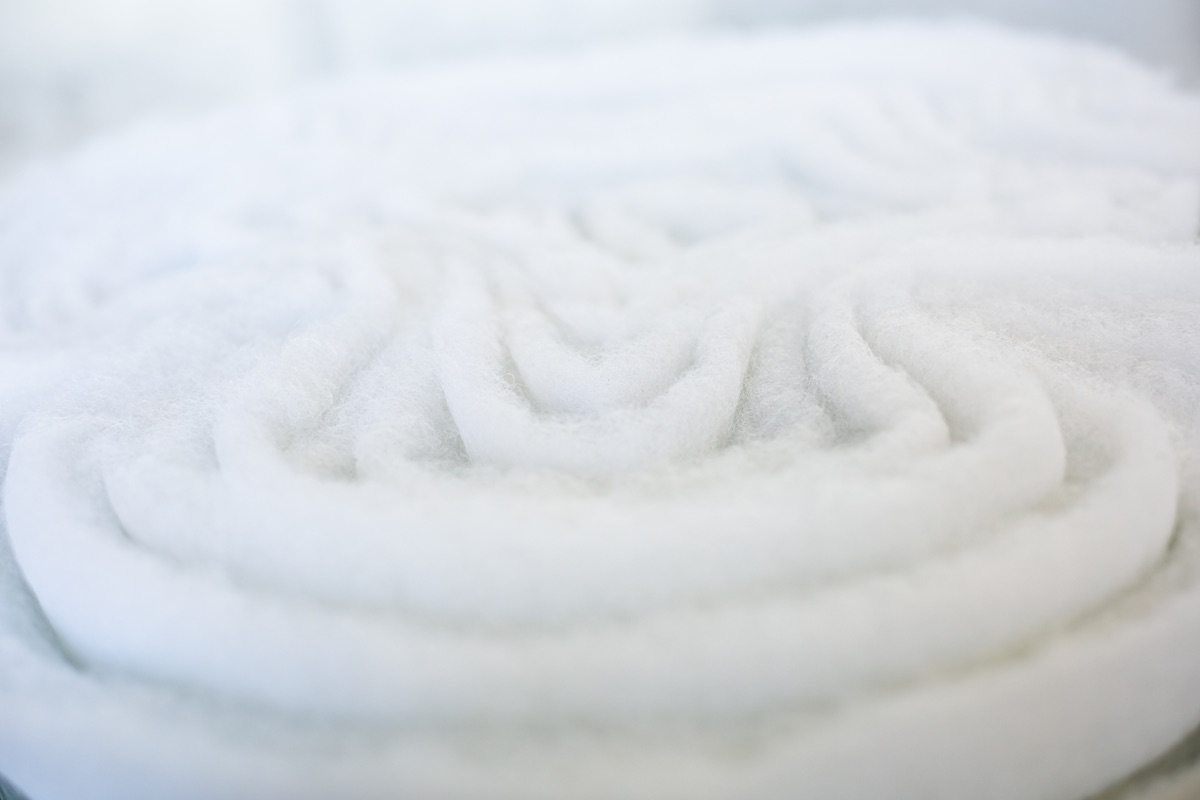BTI - Combined Insulation
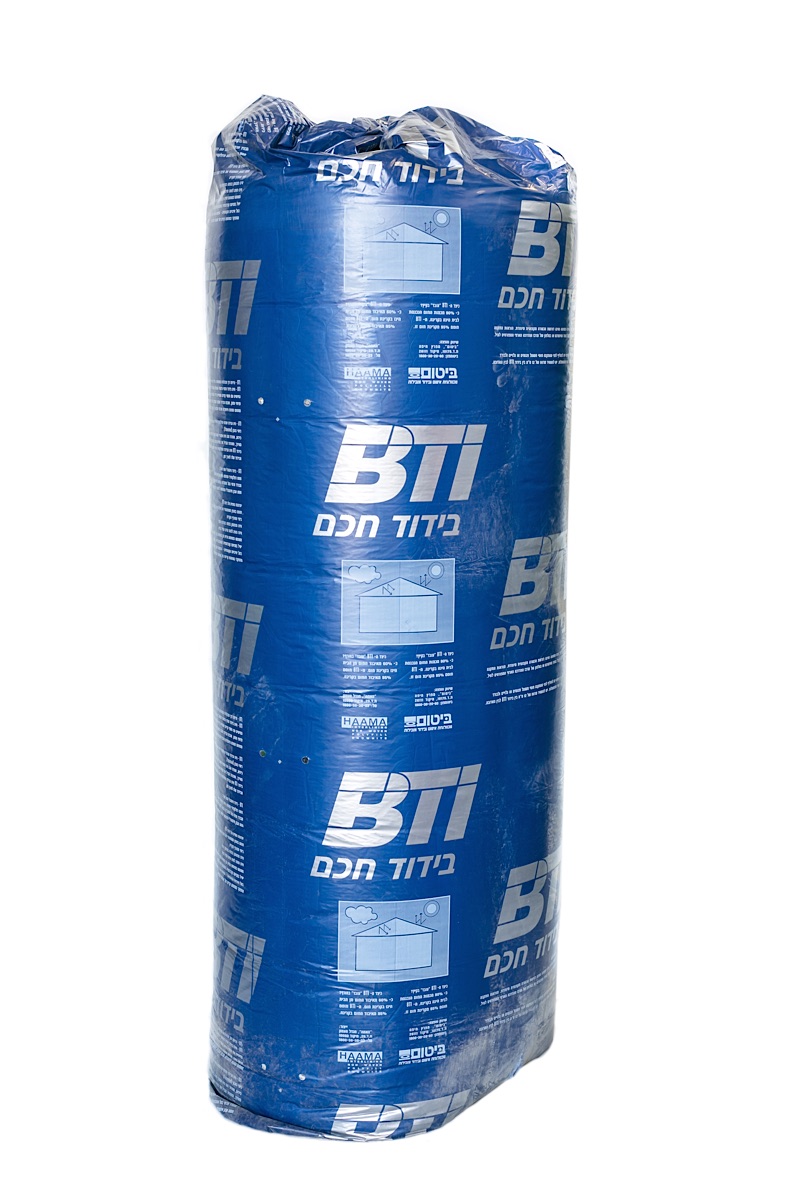
Combined Thermal Insulation for Tile Roofs, metal Roofs and Hollow external Walls (patented).
Cat. no: B013100
BTI– A multi- layer insulation system that combines reflective radiation barrier with a flexible fibre insulation layer. This fibre insulation layer comprises clean and unconditioned polyester fibres, including hollow fibres.
The reflective radiation barrier are armored and their reflective (shining) side is internal and protected from dust. The radiation barriers are connected to both sides of the fibre layer at some 5 % of the internal area. The barrier are made of armored aluminum sheet with low emissivity, about 5 %. The blocks reflective (shining) side is internal and protected from dust.
BTI Insulation is manufactured based on the “Combined Insulation” technologies (C T I – Combined Thermal Insulation) for insulating roofs and walls (Patented).
| Technical Specifications | ||
|
Features |
BTI-300 |
BTI-450 |
|
Thickness (mm) |
45 |
70 |
|
Weight of Polyester fibers (gr./ m²) |
300 |
450 |
|
R – Thermal resistance according to ASTM C- 236 Standard (M²K/W) – BTI clean and without dust. |
R = 3.3 |
R = 3.7 |
|
BTI coated in a thick dust layer |
R = 2.0 |
R = 2.4 |
|
Resistance to fire, according to Israeli Standard 755 and German Standard DIN 4102 |
B2.2.2 |
B2.2.2 |
|
Application |
|
General : For cutting BTI Insulation sheets Use a regular long cloth scissors. The insulation sheet binding is achieved using a staple gun ; staple legs height is : 10 - 12 mm. To cover the overlaps (not usually required), use an aluminum designated adhesive tape. Use the same adhesive tape at the corners junctions. Roof ventilation – since accumulated dust does not damage BTI insulating capacity, it is recommended to ventilate the tile roof. Ventilation would significantly contribute to reducing temperatures underneath the tiles. Installation underneath the tiles in existing roofs : Spread BTI perpendicularly with the sloped roof beams.
|
|
Installation underneath the tiles in an attic: For tile roof designed to become wood or gypsum covered below the tiles. Spread BTI along the spacing between the sloped roof beams:
|
|
Application |
|
Installation of BTI Insulation on a new roof, prior to laying the tiles : Spread the BTI sheet perpendicularly to the sloped roof beams and fasten the sheet margins over the beams, creating overlapping)
|
|
BTI Insulation sheet may be spread so that it is stretched tight between the beams ; however it is recommend to spread it while making a depression between the beams, at 4 – 8 cm depth, in order to extend the ventilation space underneath the tiles. Please measure and ensure the uniformity of these depressions before staple fastening. Installation of BTI Insulation over a thin concrete roof : Spread the BTI Insulation sheet perpendicularly to the wooden beams supporting the thin concrete roof, so that every pair of insulation sheets be fastened together. Use a staple gun to fasten the insulation sheet to the wooden beams. In regular application, binding in the fastening area should be performed using aluminum adhesive tape. Installation of BTI Insulation sheet over a concrete roof : BTI Insulation sheet may be spread directly over the concrete roof. In order to improve the insulation performance, we recommend to cut out 10 x 10 cm squares of BTI Insulation sheet, to bind them over the roof in 60 cm spacing in every direction using contact glue, freely laying the BTI Insulation sheet over these squares. |
|
Packing |
|
BTI Insulation is packed in rolls with the following sizes : Length : BTI 300 = 20 meter roll BTI 450 = 13.50 meter roll. Width : 80, 85, 120, 120/2 cm. |
|
Safety Instructions |
|
Prevent any contact between BTI (or any other reflective insulation sheet) with naked electric wires, electric boxes or any electric element that is not insulated (aluminum foil is a power conductor). Ensure stability and safety of the roof beams before any operation. In gypsum roofs, we recommend to stand on a board supported by 2 adjacent beams. Do not couple B T I Insulation sheet to a chimney – ensure a distance of at least 12 cm. |
